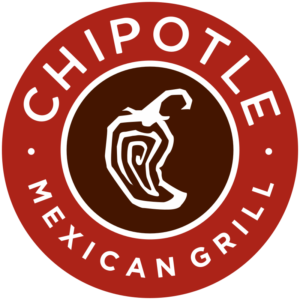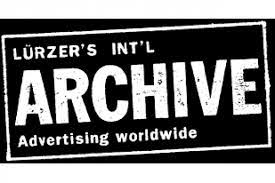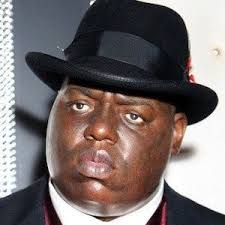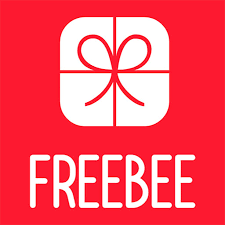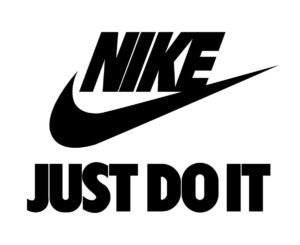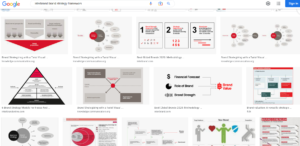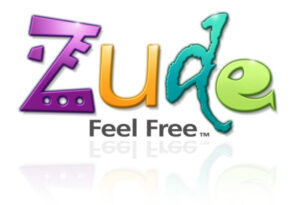Chipotle and Proof.
Steve, the one trick pony here. The one thing that sets my brand strategy practice apart from others is the foundational concept of “proof.” I mine proof that drives belief and muscle memory of brand claims. Proof makes the brand go round. I was watching a commercial on the TV yesterday done by Chipotle and ad agency Venables Bell (Source: Google) and for the first time ever, heard Chipotle reference the proof point: no freezers. In the past they’ve told consumers their meat is never frozen but that is not the same proof point.
It’s not a stretch to say Chipotle’s brand strategy is built around “fresh.” At the very least, fresh is one of the three Chipotle proof planks. So, let’s look at what No Freezers conveys about Chipotle. One, they are super, super committed to freshness. Two, this may be the first claim and behavior of its type ever in fast food. (I believe Wendy’s claims the meat is never frozen, but that doesn’t mean they don’t have freezers.) Three, it’s unique…I’ve never this proof point before. Four, it’s memorable. Lastly, it’s probably gets them credit for being sustainable.
I often say advertising is 90% claim and 10% proof. Good brand strategy uses proof to drive the train.
Peace. And Happy New Year.

